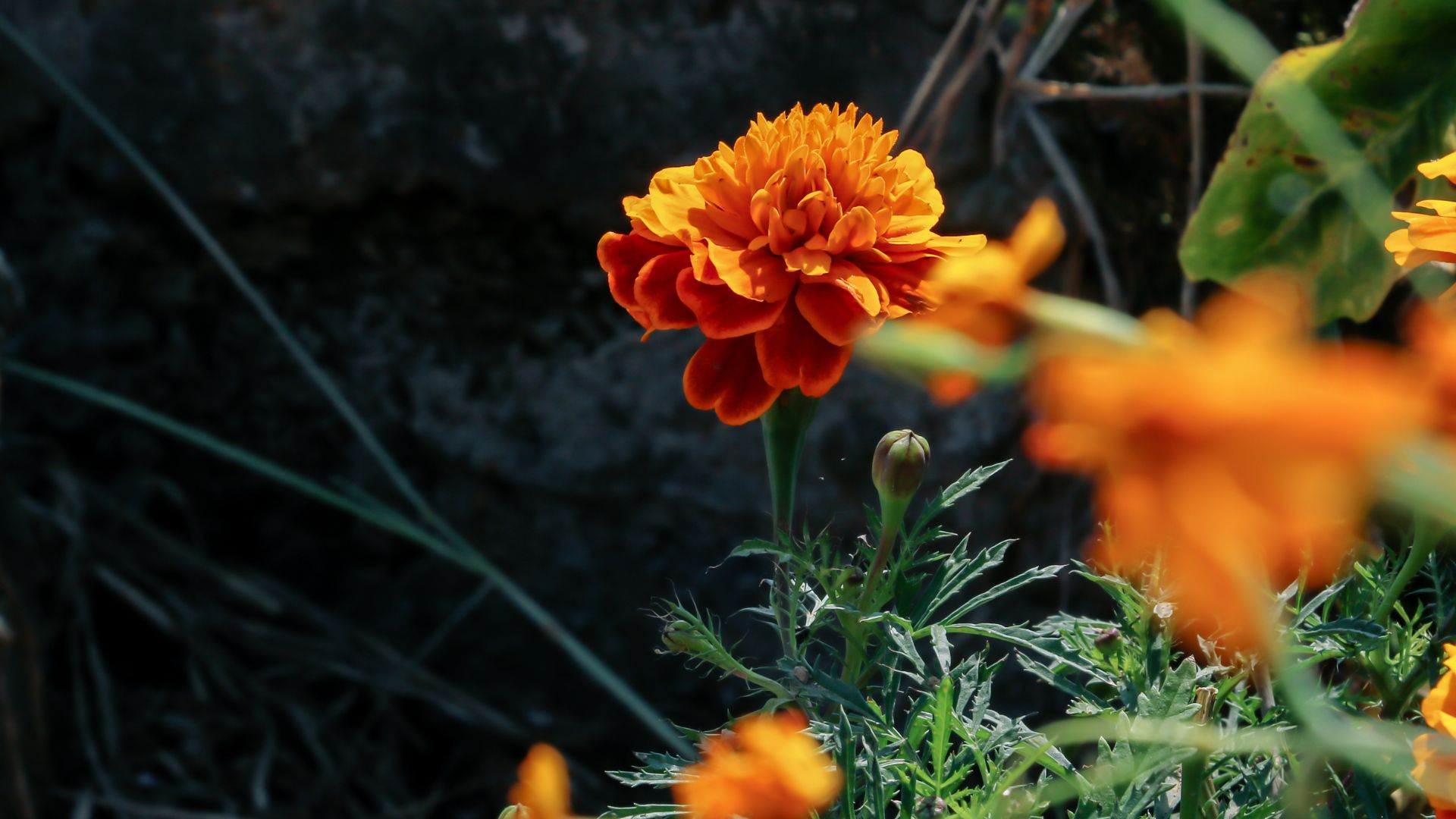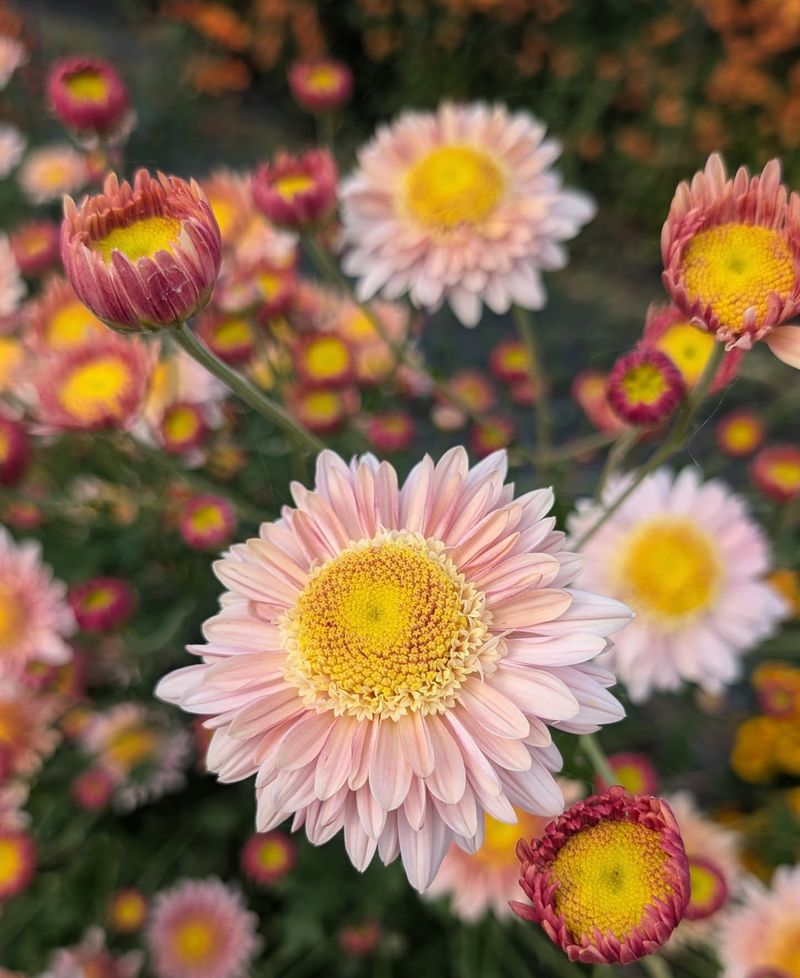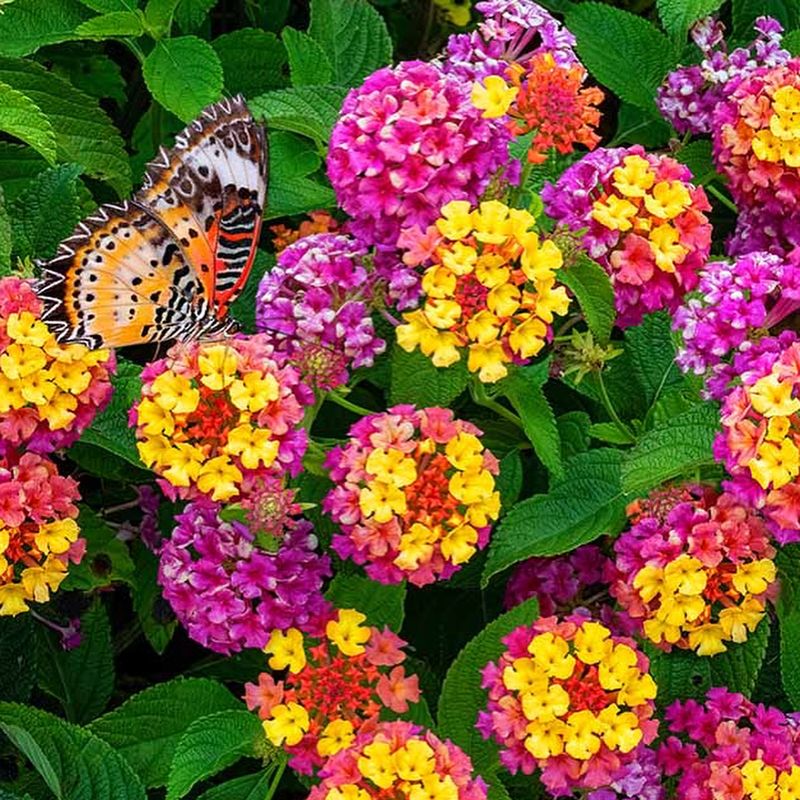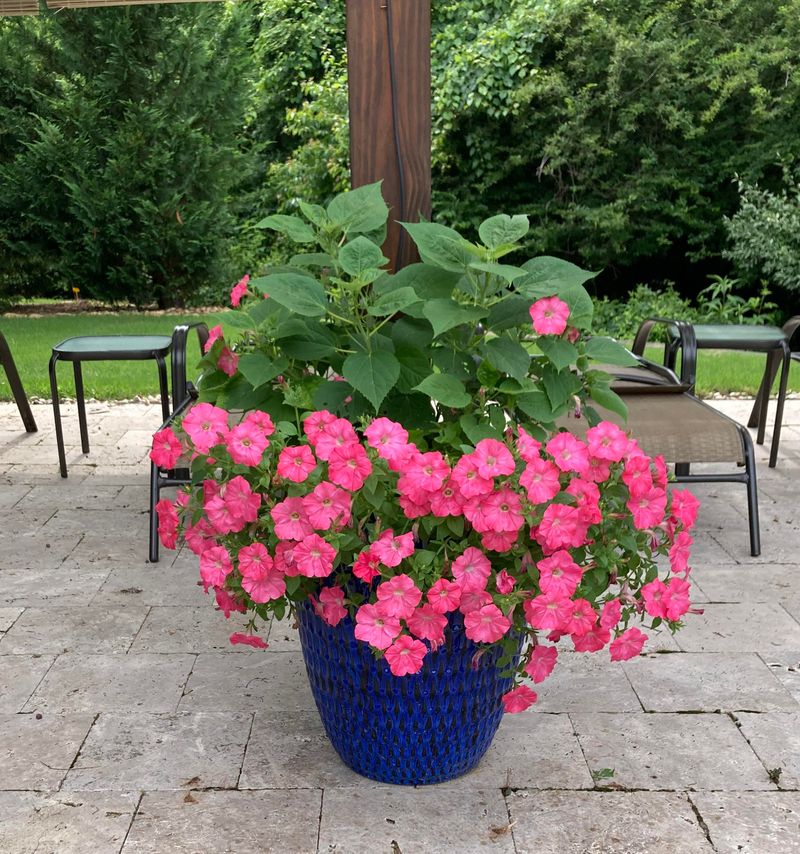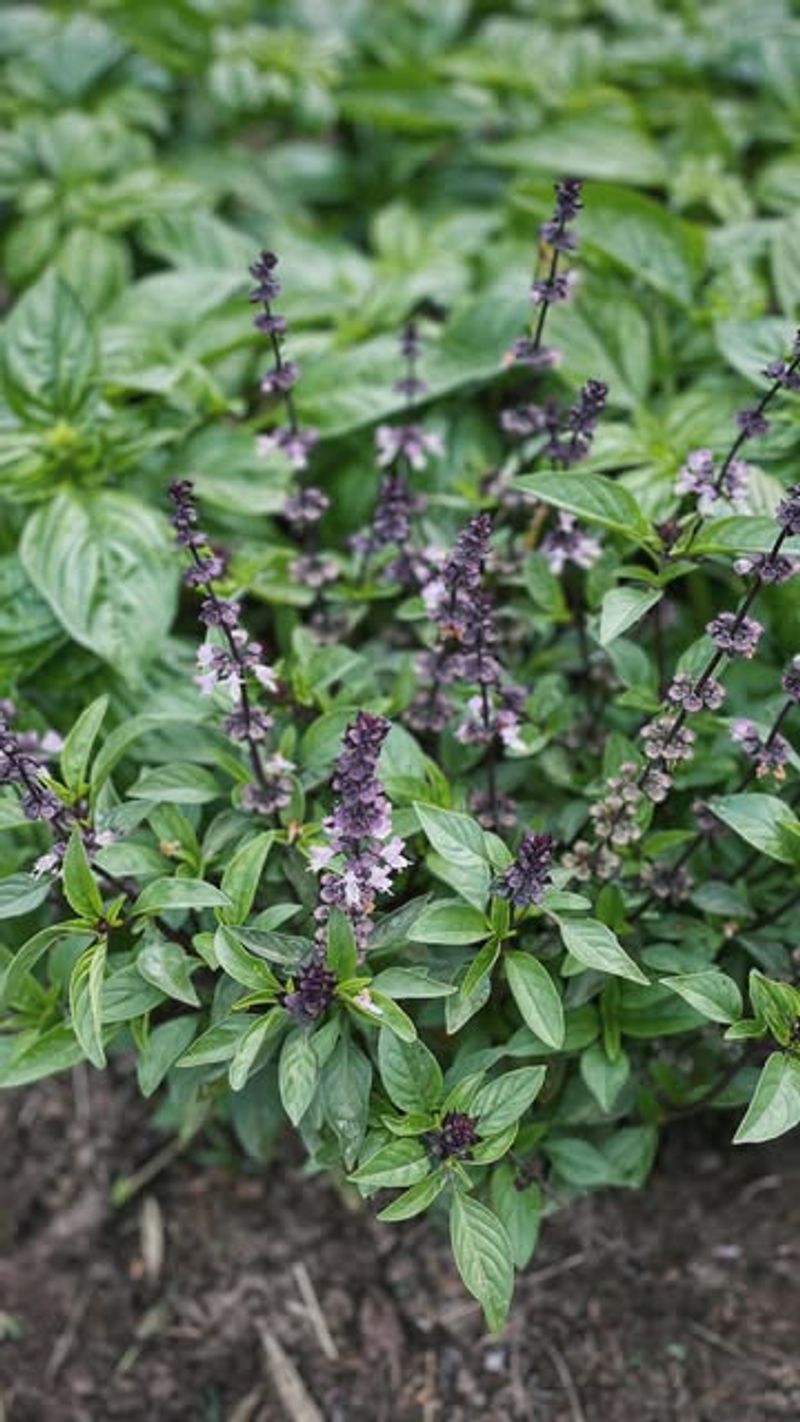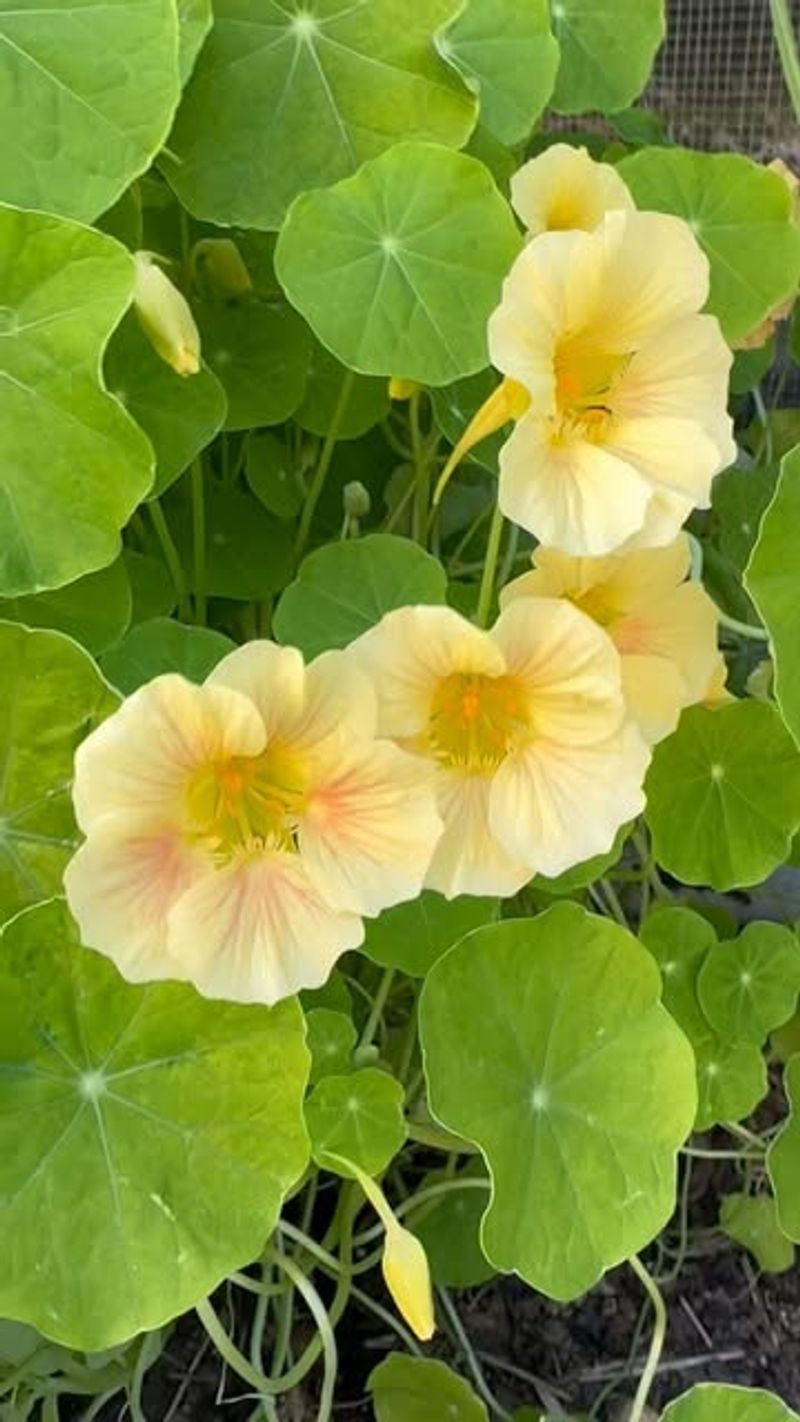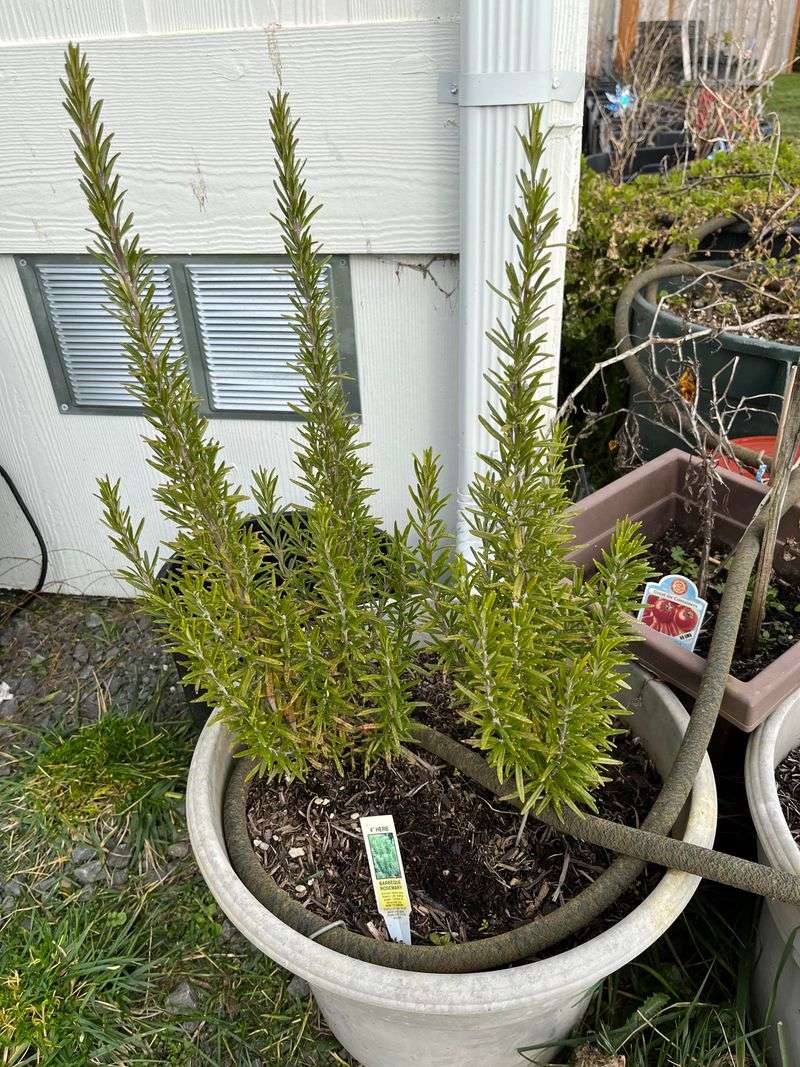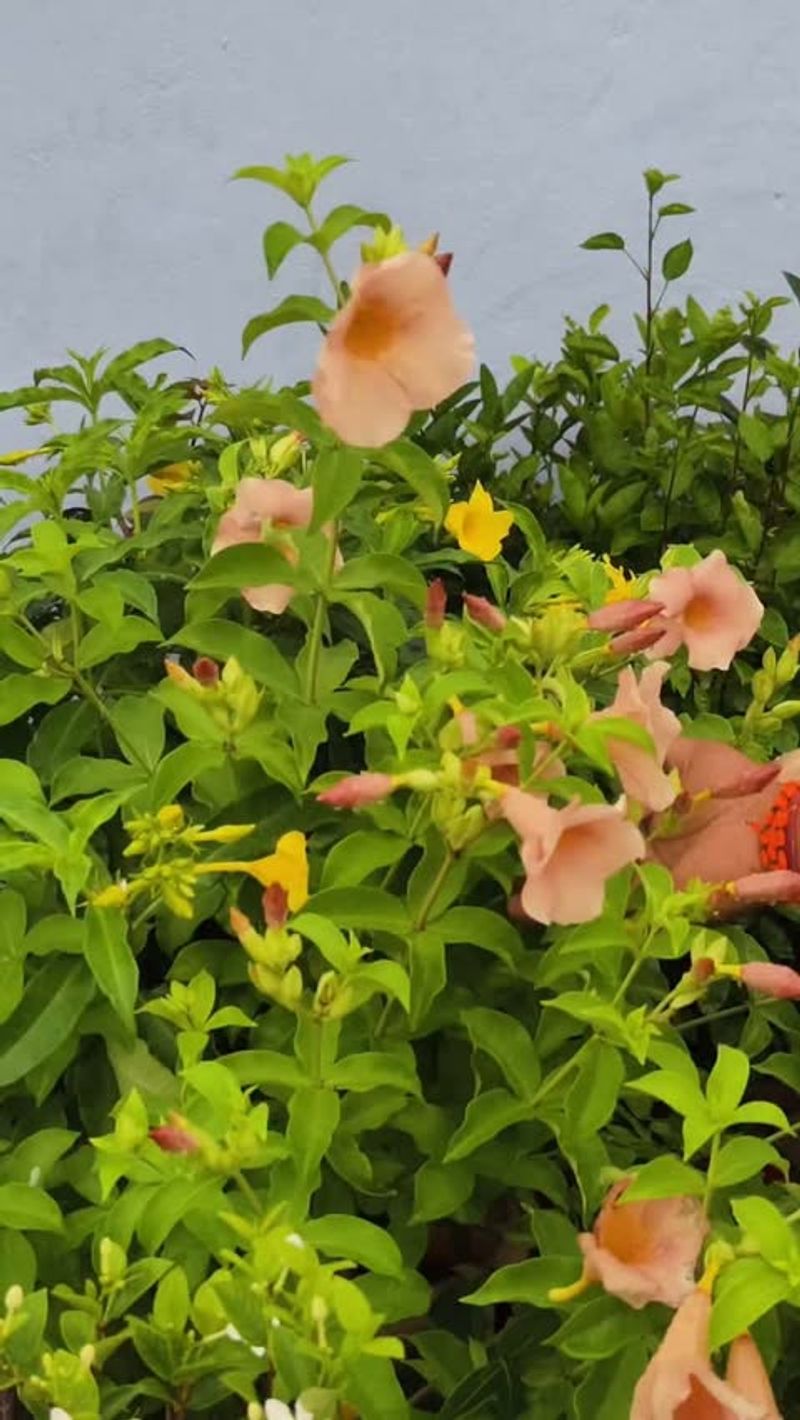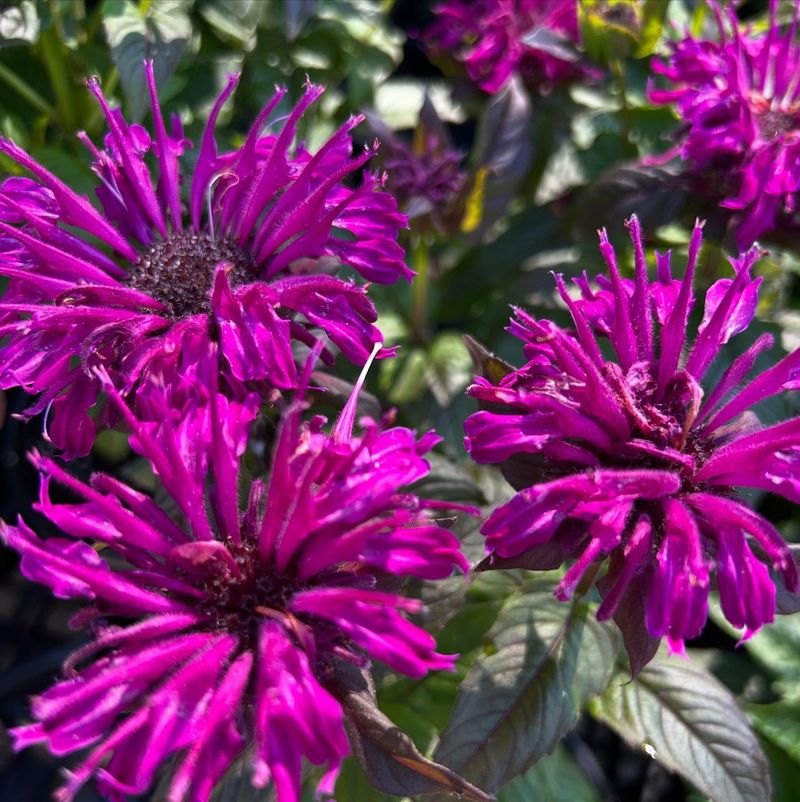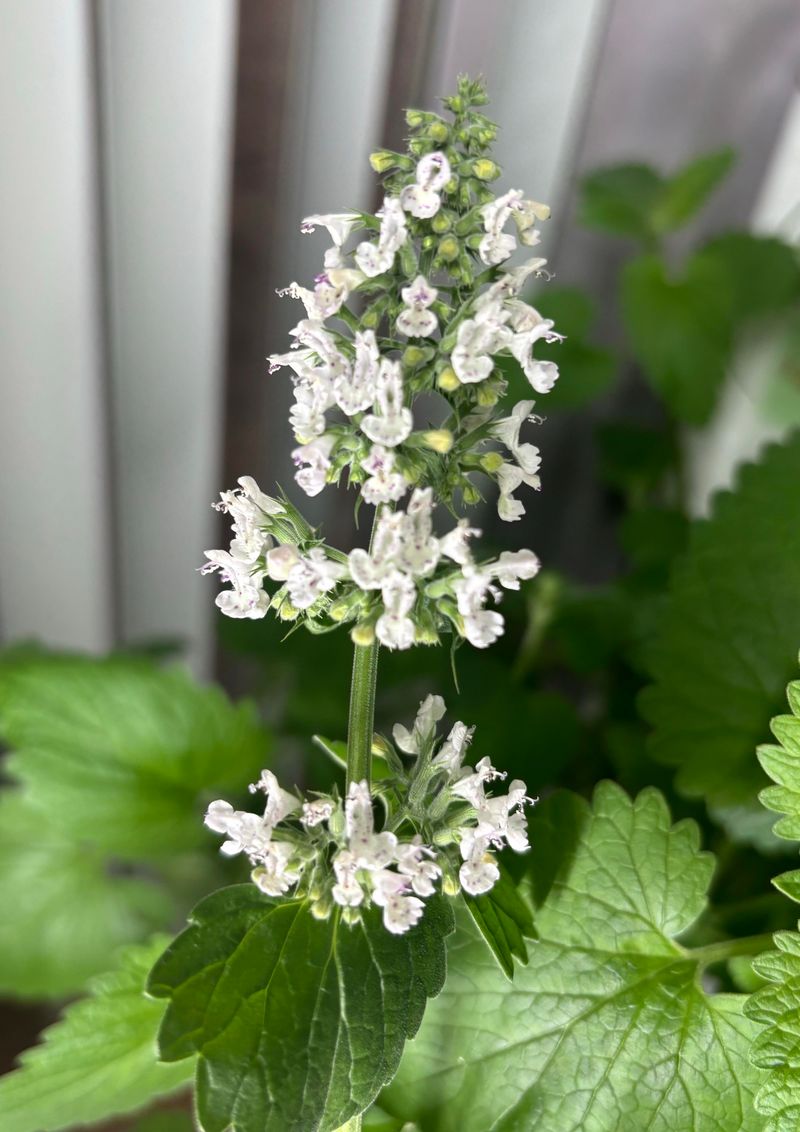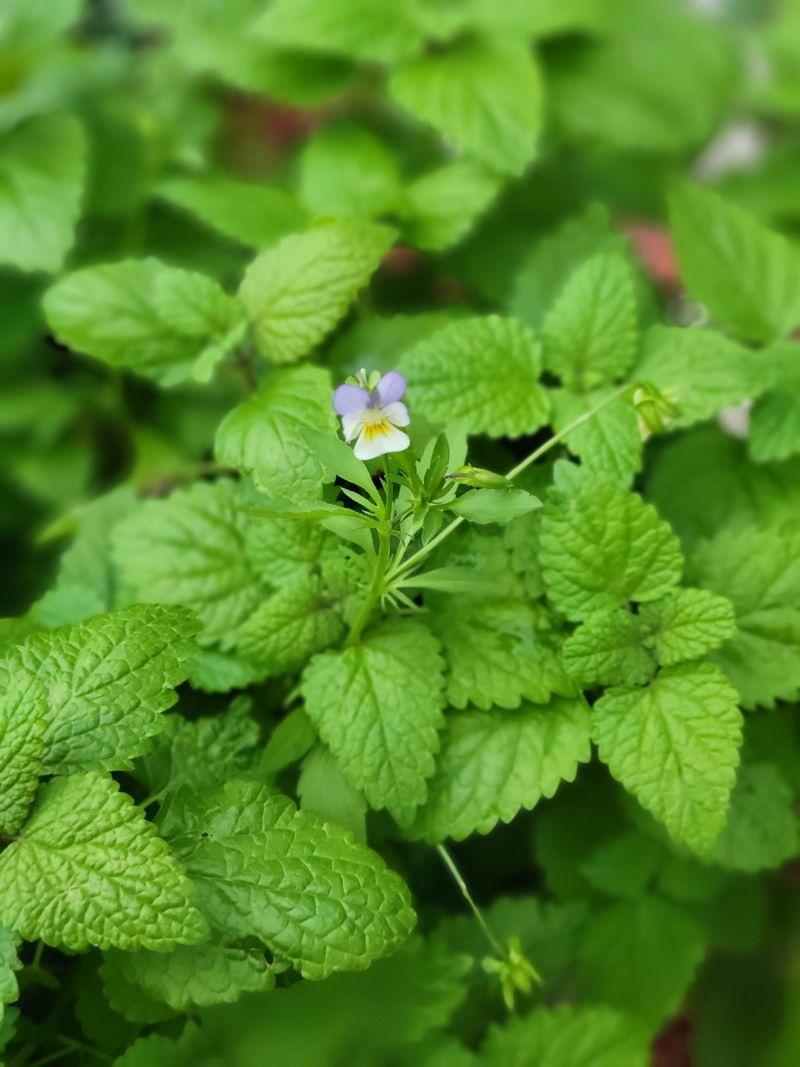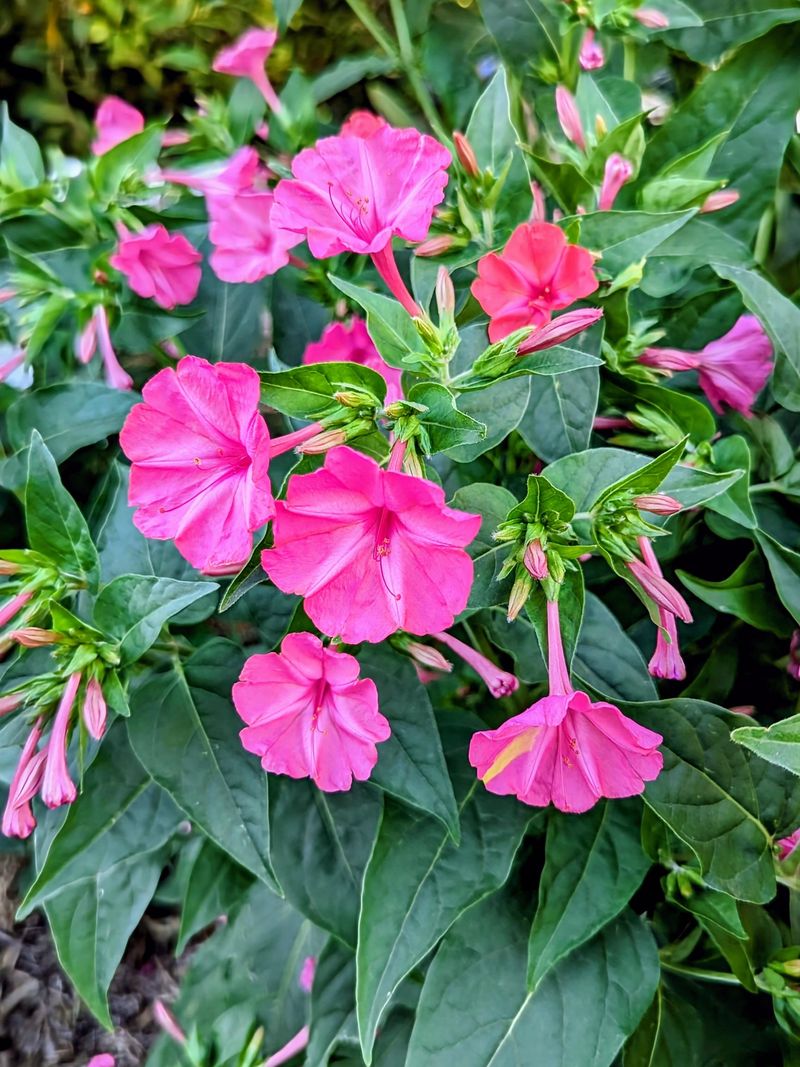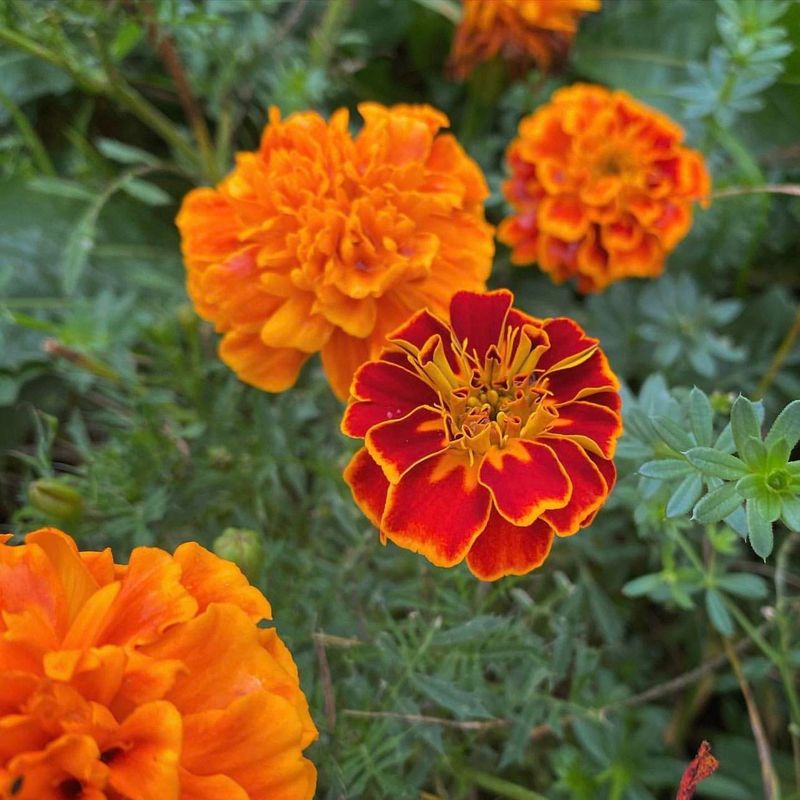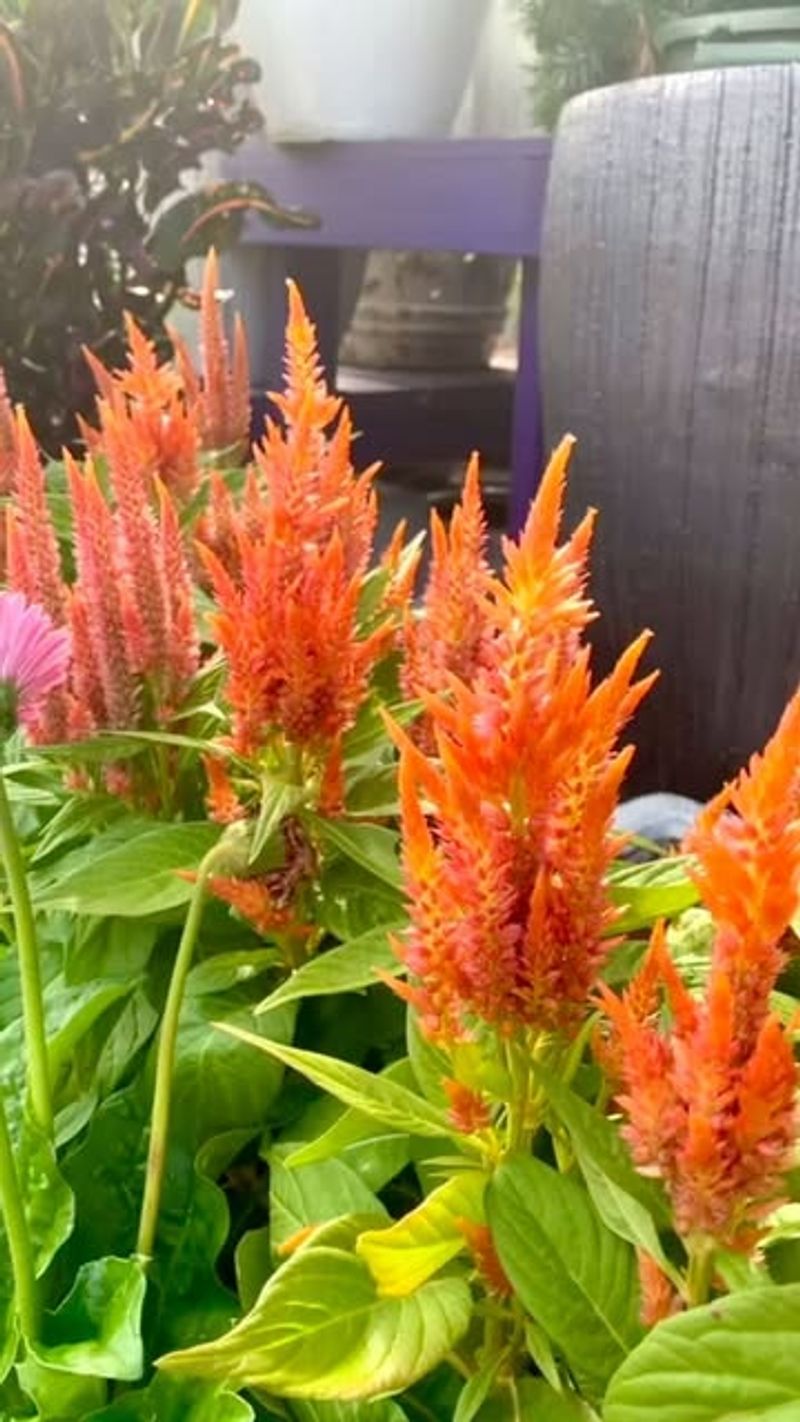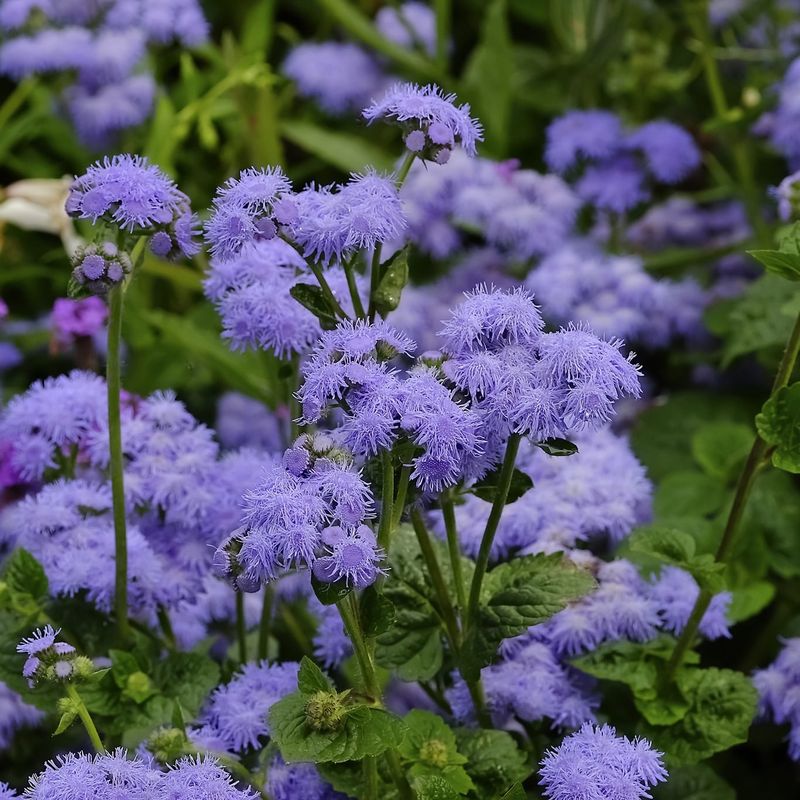August’s sticky heat in Louisiana turns gardens into bug havens—mosquitoes, gnats, and flies seem to appear out of nowhere. But fighting back doesn’t mean reaching for harsh sprays.
Let nature do the heavy lifting. Plants like lavender, marigolds, and citronella not only add charm but help repel pests with their aromatic oils and bright blooms.
With the right mix of flowers, you can keep your garden colorful and bug-free, even during the muggiest stretch of summer. It’s a win for your plants—and your peace of mind.
1. Marigolds
The strong scent drives away mosquitoes and many garden pests like nematodes. They’re particularly effective around vegetable gardens where they protect tomatoes from troublesome insects.
My grandmother always planted these around her garden border, creating a natural pest barrier that actually works. The bright orange and yellow blooms hold up remarkably well even when August temperatures climb into the 90s.
Plant them in full sun and they’ll reward you with continuous blooms. They need minimal water once established, making them perfect for those weeks when Louisiana turns into a steamy sauna.
2. Lavender
Few pests can tolerate lavender’s distinct fragrance, especially mosquitoes, flies, and fleas. The essential oils in lavender disrupt insects’ nervous systems, making your garden less inviting to unwanted visitors.
During August’s heat, lavender continues releasing its protective oils. I’ve placed pots near my patio doors and windows as a natural barrier that smells wonderful to humans but repels most flying insects.
French lavender varieties tend to perform better in Louisiana’s humidity than English types. Give them well-draining soil and they’ll continue working as pest deterrents right through the most challenging summer months.
3. Chrysanthemums
Natural pyrethrin in these flowers kills many insects on contact, including roaches, ticks, fleas, and mosquitoes. Commercial insecticides often use synthetic versions of this compound, but you can grow the real thing.
Last August, I planted several around my foundation and noticed fewer spiders making their way indoors. The flowers handle our late summer heat surprisingly well when given afternoon shade and consistent moisture.
Choose varieties with open centers where the pest-fighting compounds concentrate. White and yellow mums seem particularly effective at repelling mosquitoes, which makes evening garden time much more pleasant during August’s muggy evenings.
4. Lantana
Tough as nails in Louisiana’s August heat, lantana keeps flowering when other plants have given up. The strong citrus scent repels mosquitoes and flying insects while attracting beneficial pollinators like butterflies.
My neighbor’s lantana patch survived Hurricane Laura with barely a scratch, still repelling mosquitoes when we needed it most. The plant thrives in our climate and actually seems to perform better during the hottest weeks of summer.
Choose spreading varieties for ground cover or upright types for containers. Either way, lantana requires almost no care once established, making it perfect for busy gardeners who still want effective pest control.
5. Petunias
Often overlooked as pest repellents, petunias naturally deter aphids, tomato hornworms, asparagus beetles, and leafhoppers. Their slightly sticky stems trap small insects, preventing damage to nearby plants.
During last August’s heat wave, my hanging baskets of petunias continued flowering and protecting my porch from mosquitoes. The trumpet-shaped blooms release a subtle fragrance that we find pleasant but insects avoid.
Wave petunias tend to handle Louisiana humidity better than traditional varieties. They need regular watering in August heat but reward your efforts with continuous blooms and pest protection until the first cool front arrives.
6. Basil
Though technically an herb, basil produces small flowers in August that repel flies and mosquitoes. The strong aroma confuses pests searching for host plants while providing fresh herbs for summer cooking.
Growing several varieties near my kitchen door has significantly reduced flies entering the house. Sweet basil, Thai basil, and holy basil all perform differently but work together to create a pest-resistant zone.
Basil needs consistent moisture during August heat but rewards you with continuous growth. Pinch off flower buds to encourage leaf production, or let some plants flower to enhance their pest-repelling properties while attracting beneficial pollinators.
7. Nasturtiums
These edible flowers confuse and repel squash bugs, whiteflies, and aphids with their peppery scent. The circular leaves collect morning dew, providing water for beneficial insects while deterring the problematic ones.
Trailing varieties cascade beautifully from containers and continue flowering through August when given afternoon shade. Their slightly spicy flowers add unexpected flavor to summer salads while working hard to keep pests away.
My garden has fewer aphid problems since adding nasturtiums between vegetable rows. They prefer poor soil and actually bloom better with some neglect, making them perfect for low-maintenance August gardening in Louisiana’s challenging climate.
8. Rosemary
Woody and aromatic, rosemary’s needle-like leaves release oils that repel mosquitoes, cabbage moths, and carrot flies. When August heat intensifies, the plant releases even more protective compounds.
Upright varieties form natural barriers against flying insects when planted along walkways. My rosemary hedge has transformed our patio experience, making evening gatherings possible even during peak mosquito season.
Prosperity rosemary seems particularly suited to Louisiana’s humidity. Plant in well-draining soil and avoid overwatering to prevent root rot. Once established, it requires minimal care while providing year-round pest protection and culinary herbs.
9. Geraniums (Pelargoniums)
Scented geraniums contain citronella compounds that naturally repel mosquitoes and other flying insects. The lemon-scented variety works particularly well for creating pest-free zones on porches and patios.
Unlike citronella grass, which struggles in Louisiana’s climate, these plants thrive in our summer heat when given afternoon shade. Simply brushing against the leaves releases their insect-repelling oils, making them practical as well as pretty.
My container grouping near the barbecue area has made outdoor cooking much more pleasant. They need regular watering during August but otherwise require minimal care while providing continuous pest protection throughout the summer months.
10. Mexican Sunflower (Tithonia)
Bright orange blooms attract beneficial insects that prey on garden pests, creating natural biological control. The fuzzy stems and leaves deter climbing insects while the nectar feeds helpful predators like ladybugs and lacewings.
Last summer, these tough plants kept producing flowers even during the worst August heat. They create shade for more delicate plants while establishing a protective barrier against many common garden pests.
Mexican sunflowers grow quickly from seed and reach impressive heights by late summer. I’ve found they need almost no care once established and continue working as pest management centers until fall, making them perfect for busy Louisiana gardeners.
11. Mint
The strong aroma repels ants, mosquitoes, and flies while the small flowers attract beneficial insects. When August heat intensifies, mint releases more oils, creating an invisible barrier against many common pests.
Contain this aggressive spreader in pots to prevent garden takeover. Placing containers strategically around seating areas has made our evening patio time much more enjoyable, even during peak mosquito season.
Peppermint seems most effective against mosquitoes, while spearmint works better for ants and flies. Both varieties handle Louisiana’s humidity well when given consistent moisture and afternoon shade during August’s intense heat.
12. Bee Balm (Monarda)
Native to North America, bee balm naturally repels mosquitoes while attracting beneficial pollinators. The aromatic leaves contain thymol, a compound used in many commercial insect repellents.
The ‘Jacob Cline’ variety performs particularly well in Louisiana’s heat and humidity. Its bright red flowers continue blooming through August, providing pest protection when we need it most.
Give bee balm good air circulation to prevent powdery mildew in our humid climate. A spot with morning sun and afternoon shade keeps it flowering and repelling pests even during August’s challenging conditions while adding beautiful color to the summer garden.
13. Catnip
Research shows catnip repels mosquitoes more effectively than DEET. The nepetalactone oil confuses insects’ receptors, making them avoid areas where catnip grows, even during August’s mosquito explosion.
My potted catnip near the patio door has created a noticeable difference in mosquitoes entering the house. The small white flowers continue appearing through summer heat while the aromatic leaves work constantly to deter pests.
Protect young plants from neighborhood cats with chicken wire until established. Once mature, catnip handles Louisiana’s summer conditions admirably, requiring minimal care while providing maximum pest protection through the most challenging month of summer.
14. Lemon Balm
This citrus-scented herb contains high levels of citronellal, making it effective against mosquitoes, gnats, and flies. The small white flowers appear in clusters during summer, enhancing its pest-repelling properties.
During last August’s heat wave, my lemon balm continued thriving when other plants struggled. The lemon scent intensifies in hot weather, creating stronger pest protection exactly when needed most.
Contain this vigorous grower in pots to prevent garden spreading. Place containers near windows, doors, and outdoor seating areas for maximum benefit. It tolerates partial shade, making it perfect for Louisiana’s challenging August conditions.
15. Four O’Clocks (Mirabilis jalapa)
These old-fashioned flowers contain compounds toxic to mosquitoes and many garden pests. The trumpet-shaped blooms open in late afternoon, releasing their fragrance when mosquito activity increases.
Four o’clocks have thrived in my grandmother’s Louisiana garden for decades without special care. They self-seed readily and return year after year, creating permanent pest control zones that actually improve over time.
The tuberous roots store water, helping plants survive August’s heat while continuing to produce flowers. Give them well-draining soil in full sun to part shade, and they’ll reward you with reliable pest protection through summer’s most challenging month.
16. Pentas
Star-shaped clusters of flowers bloom continuously through August heat while deterring certain garden pests. More importantly, they attract beneficial insects that prey on problematic bugs, creating natural biological control.
The ‘Butterfly Red’ variety has performed exceptionally well in my south Louisiana garden. Even during last August’s record temperatures, these plants continued flowering and supporting beneficial insects that help control pest populations.
Pentas prefer acidic soil similar to azaleas, making them well-adapted to many Louisiana gardens. They handle our humidity with grace while providing continuous blooms that support natural pest management throughout the most challenging gardening month.
17. Calendula
Often called pot marigold, calendula contains compounds that repel whiteflies, aphids, and tomato hornworms. The bright flowers continue blooming in August when given afternoon shade and consistent moisture.
I’ve noticed fewer aphid problems since adding calendula to my vegetable garden borders. The sticky stems trap small insects while the flower’s scent confuses larger pests searching for host plants.
Harvest spent blooms to encourage more flowers and prevent self-seeding. The petals are edible, adding color to summer salads while the plants work hard to protect your garden from common pests even during August’s challenging conditions.
18. Celosia (Cockscomb)
The unusual flower shape and slightly bitter scent naturally deter many garden pests, especially nematodes and aphids. Their bright colors and interesting texture add garden interest while providing practical pest management.
Even during the worst August heat, celosia continues performing reliably in my south-facing beds. The plumed varieties seem particularly effective at deterring flying insects from nearby plants.
Give them well-draining soil and full morning sun for best results. Once established, they handle Louisiana’s summer conditions with minimal supplemental watering, making them practical choices for busy gardeners who still want effective pest control through August.
19. Ageratum (Floss Flower)
The fuzzy blue flowers produce a compound called coumarin that mosquitoes find particularly offensive. This makes ageratum an excellent border plant for paths and patios where people gather during summer evenings.
Low-growing varieties create effective pest barriers when planted in masses. My front walkway planting has significantly reduced mosquito problems near the entrance while providing continuous blue color through August’s heat.
Ageratum prefers consistent moisture but tolerates brief dry periods once established. It handles Louisiana humidity better than many other annuals, continuing to bloom and repel pests even during the most challenging weeks of summer.

